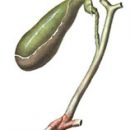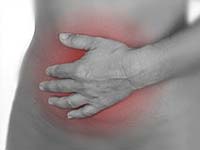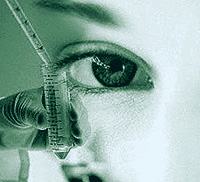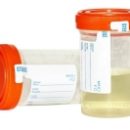Dietary food plays a major role in the treatment of ascites. Restricting the reception of the cook salt significantly accelerates the process of recovery, improving the effect of drug intake. Accounting for drinking liquid and control over diuresis are used to determine the state of the patient.
Content
Ascites and swelling arise as a result of sodium delay by the kidneys, reducing the oncotic pressure plasma, increase visceral lymphotok, increase the hydrostatic pressure in hepatic sinusoids or a portal vein. The treatment of ascites is carried out carefully and gradually, because in itself it is usually no life threatens.
Principles Treatment of Ascita
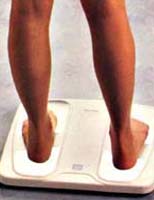 Sodium reception restriction. The treatment of ascites should be started with restrictions on the reception of a cook salt (no more than 1 g sodium per day). Sometimes you have to resort to more stringent restrictions, however, patients consider such a diet tasteless, containing too little protein and reluctantly agree to it. After reaching an adequate diurea, sodium consumption can be increased to 1-2 g / day. Some patients showing a liquid sodium diet.
Sodium reception restriction. The treatment of ascites should be started with restrictions on the reception of a cook salt (no more than 1 g sodium per day). Sometimes you have to resort to more stringent restrictions, however, patients consider such a diet tasteless, containing too little protein and reluctantly agree to it. After reaching an adequate diurea, sodium consumption can be increased to 1-2 g / day. Some patients showing a liquid sodium diet.
Bed regime sometimes helps patients who have ascites increase, despite the treatment. After reaching adequate diuresis, they gradually go to less strict mode.
Diuretics are shown if the restriction of salt intake and bed mode do not give a positive effect. Under the optimal conditions, the reabsorption of ascitic fluid does not exceed 700-900 ml / day, so diuresis should be increased gradually. Patients with high levels of creatinine serum diuretics are contraindicated. The sign of the adequacy of the treatment of diuretics is the daily weight loss by 0.5-1.0 kg in patients with edema and 0.25 kg in patients without edema. Doseage dose can be increased every 3-5 days to cause or support adequate diuresis. The preparation of choice is spironolactone. The initial dose of 25 mg inside 2 times a day, the maximum 150 mg inside 4 times a day. Patients who do not tolerate spironolactone are prescribed amyloride or triamtenene. If the spironolacton does not stimulate diuresis, use loop diuretics, it is a furosemide, etcrinic acid, bumetale. Furosemide is prescribed in the initial dose of 20 mg inside 1 time per day, followed by an increase in the dose every 3-5 days before effect achieve. Loop diuretics have a strong effect and can cause serious side effects. For patients taking these drugs, it is necessary to carefully observe in order to reveal the decrease in circulating blood volume, electrolyte balance disorders, encephalopathy and renal failure. In some cases, other drugs, such as Metolasone or Tiazida, are shown.
Liquid intake limitations are usually not required. In patients with hyponatremia against the background of extracellular hypershydration, the fluid consumption is limited to 1-1.5 l / day. With severe hyponatremia and renal failure with oliginia, restrictions may be more substantial.
Surgery
Paracentesis is made with a diagnostic target (at the first appearance of ascites, suspected of malignant neoplasm, spontaneous peritonitis) or in patients with stress ascites, causing disorders of the function of breathing or threatening peritoneal breaks. Without any concerns, you can remove up to 5 liters of ascitic fluid, provided that there are edema. The liquid is removed slowly (30-90 minutes), in the future limit the reception of the liquid for the prevention of hyponatremia. In rare cases, the removal of only 1 l of fluid leads to a collapse, encephalopathy or renal failure.
Peritonenevous shunting shows 5-10% of patients with ascites refractory to drug therapy. This intervention can cause complications such as disseminated intravascular coagulation syndrome, shunt and fever occlusion. With obvious bleeding, the shunt should be tied. Shunting should not be carried out with patients with infected ascites, hemorrhoidal bleeding in history, with a significant increase in serum bilirubin level, hepatorenal syndrome and coagulopathy.
Other funds. For the treatment of ascites, an albumin solution with low salts and dopamine is sometimes used. Occasionally, the purpose of albumin has a favorable effect on patients with azotemia and a reduced circulating blood. Unfortunately, albumin is quickly excreted from the vascular bed, it is expensive for solutions to compensation for volume. Sometimes dopamine is prescribed to improve renal blood flow.

